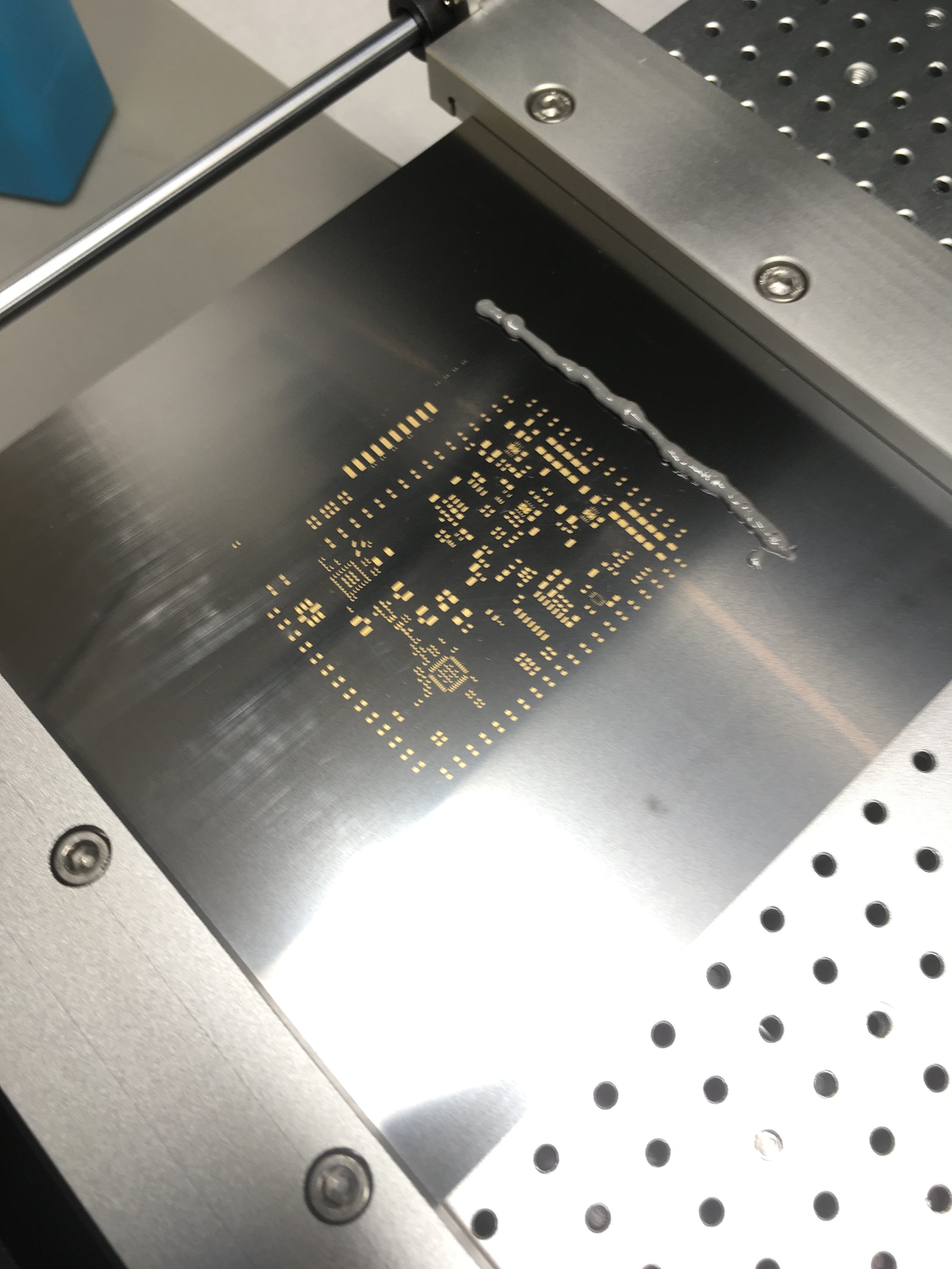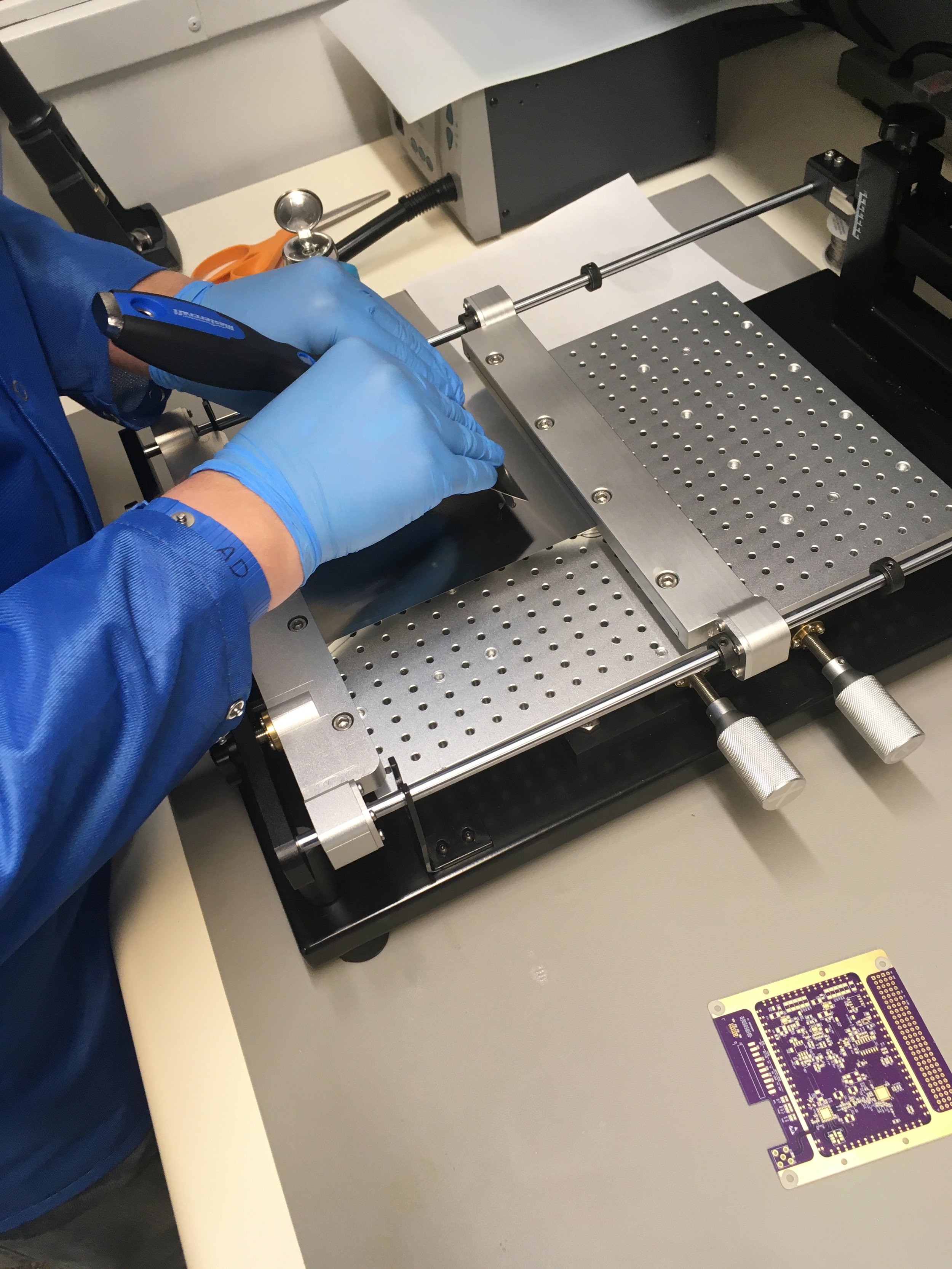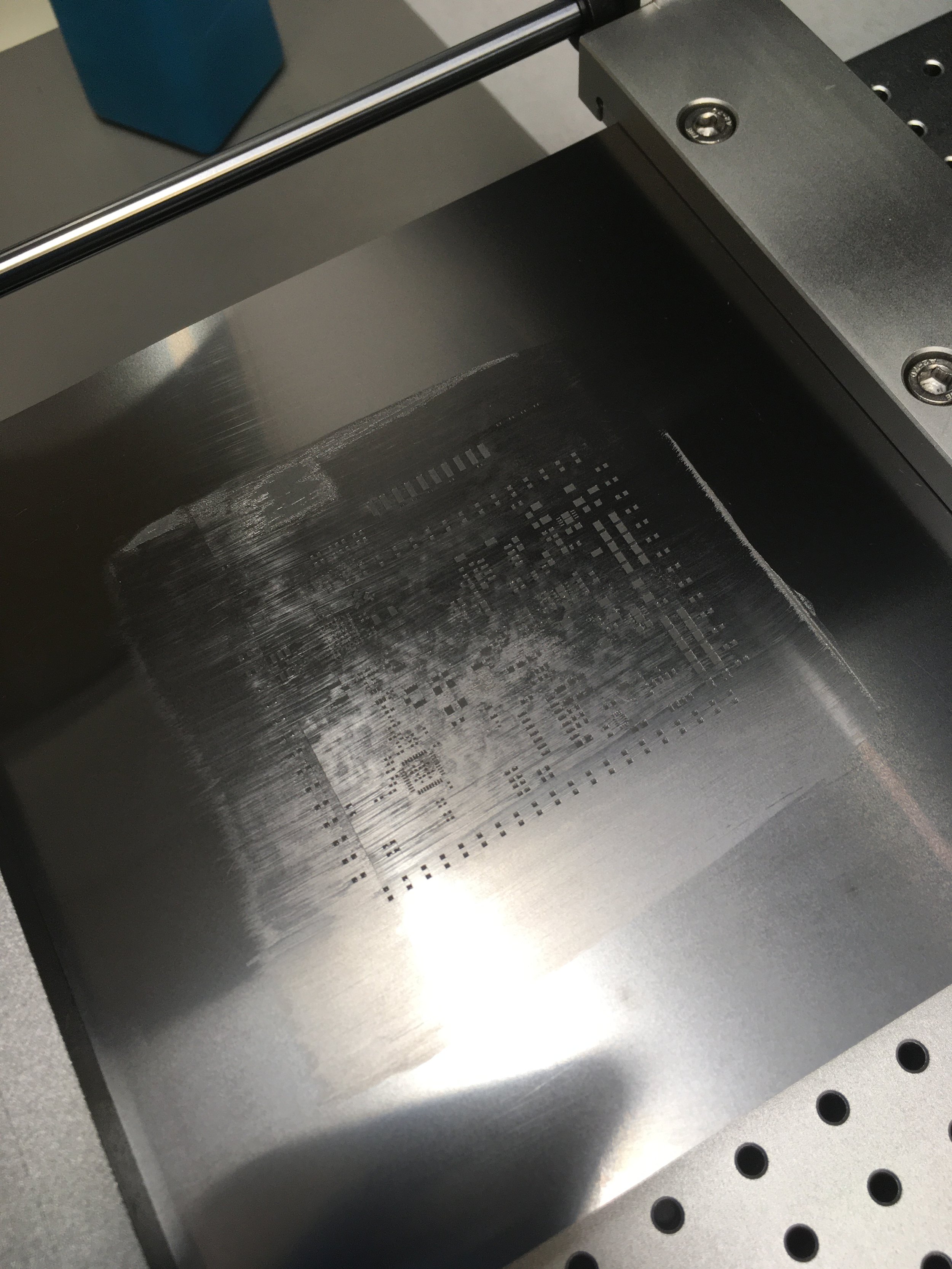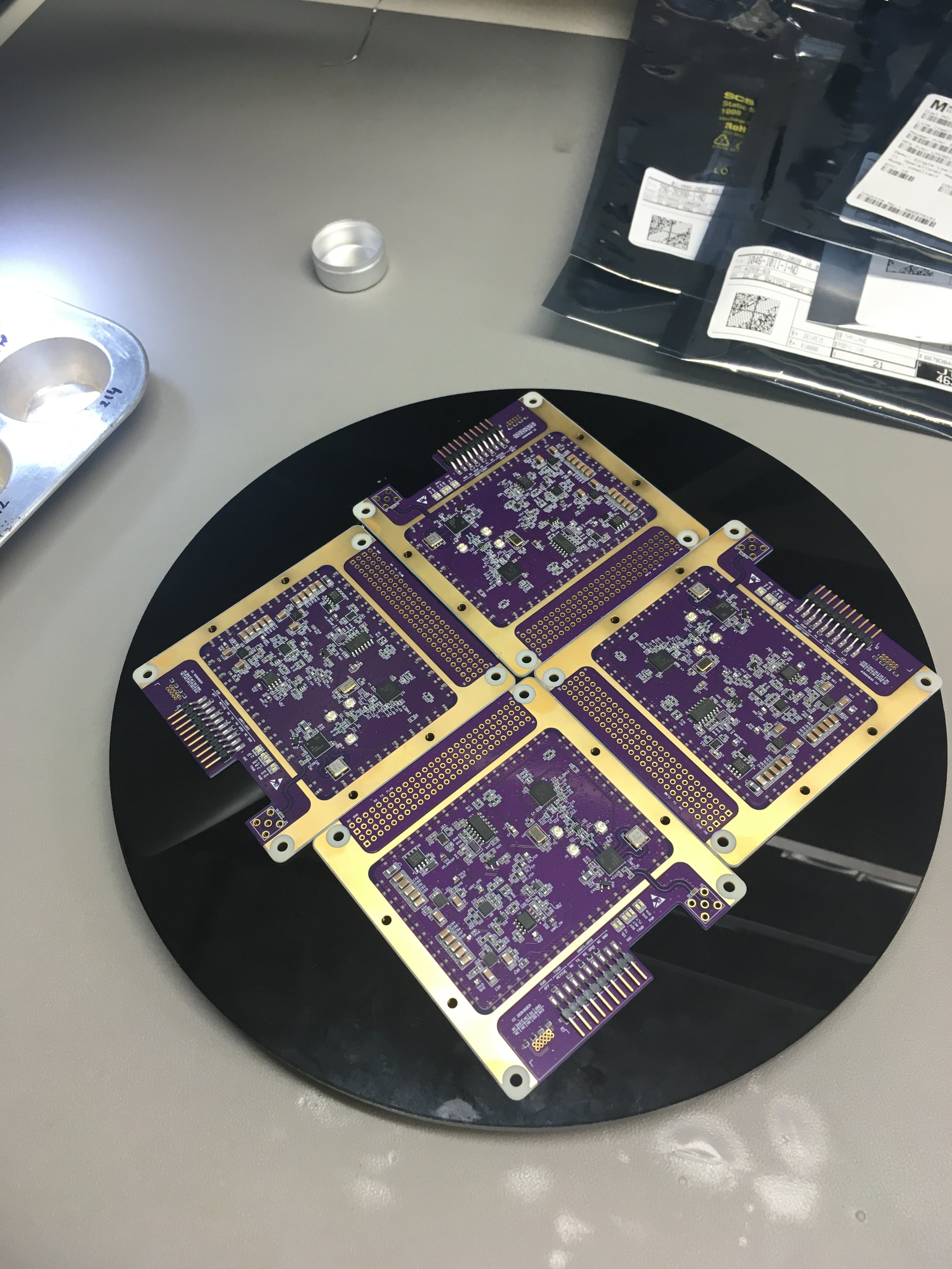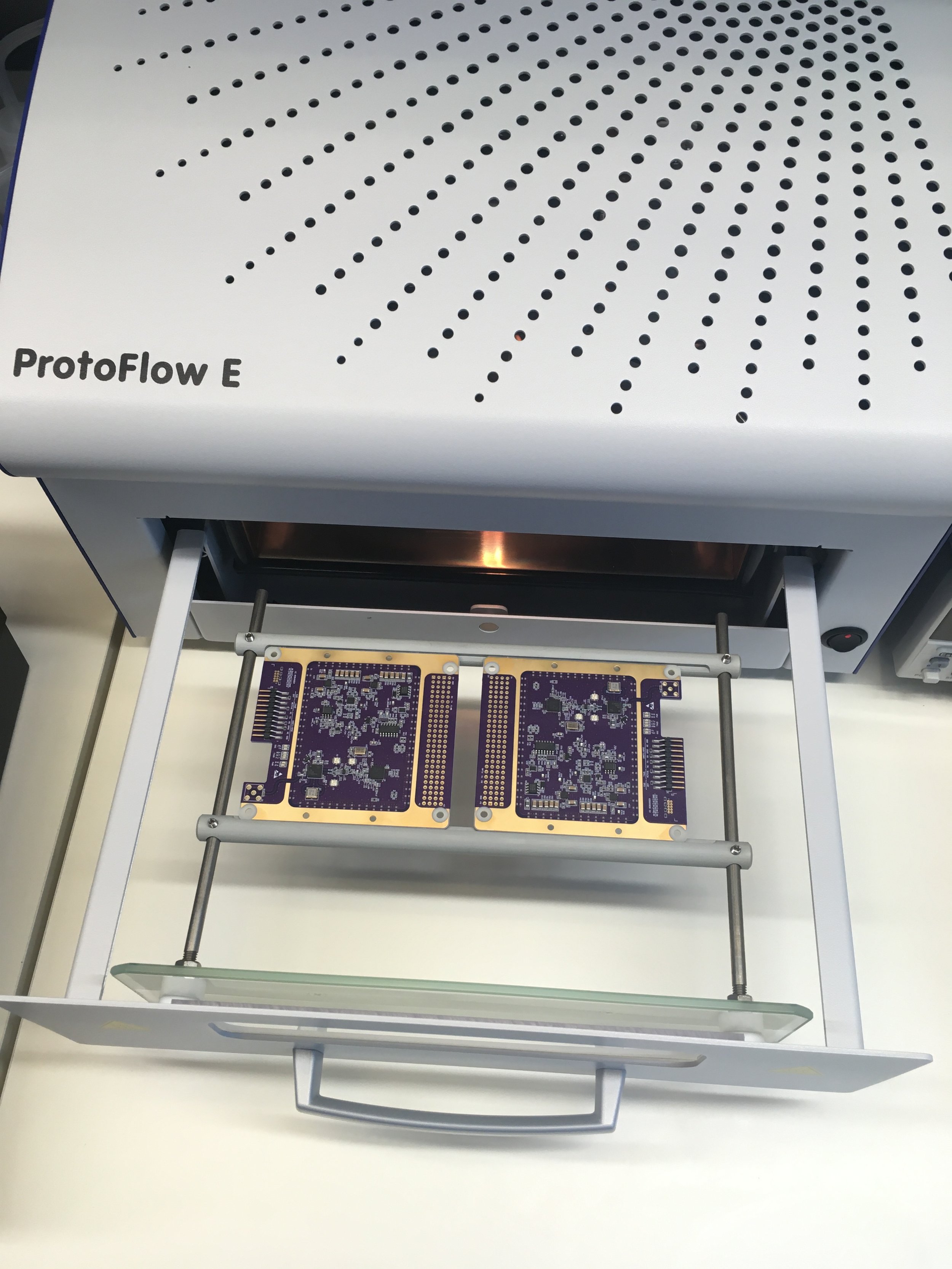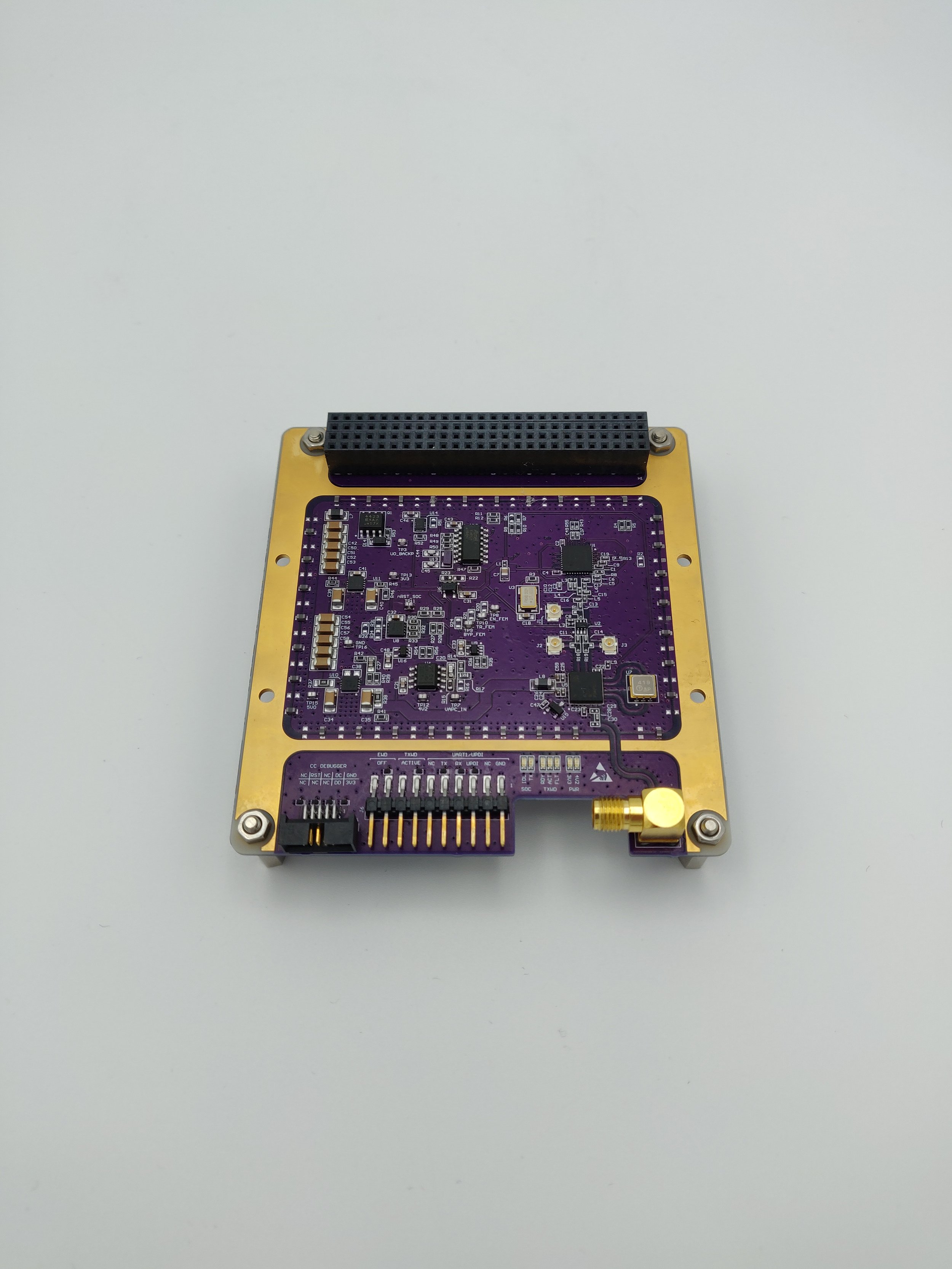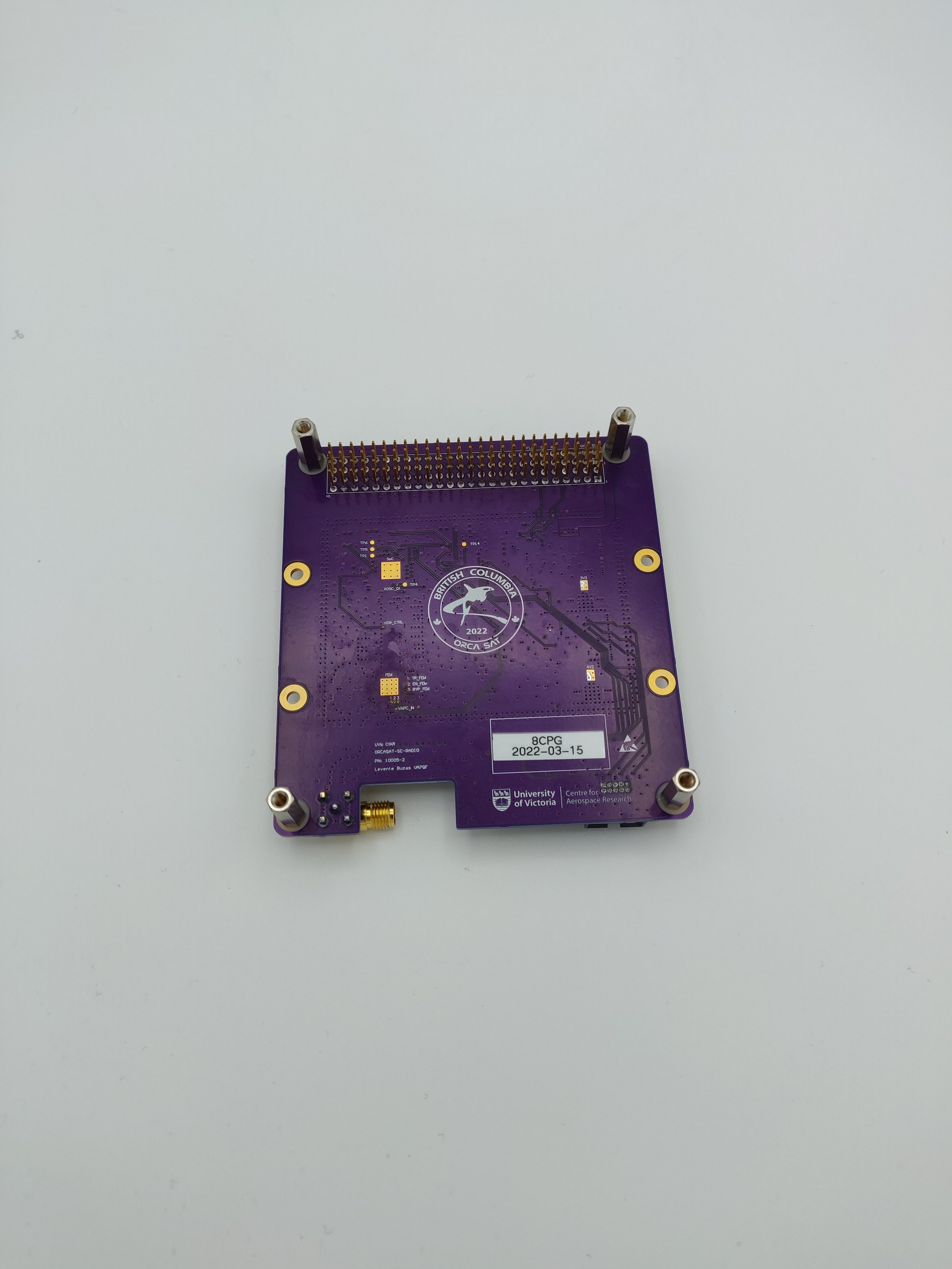Spacecraft Radio Assembly
Author: Levente Buzas
After a long testing campaign, and many lessons learned in the process, a second revision of the ORCASat spacecraft radio has been designed to implement all the improvements and changes required to make the updated design suitable for flight on ORCASat. Key changes between the designs are as follows:
Removal of all antenna related features as antenna got its designated PCB in the stack
Support for a chassis couples heatsink to improve the RF front end thermal performance
Improved RF front end PA bias voltage control to minimize receive power consumption
New temperature sensor to monitor the temperature of the RF front end during flight
Capability to bypass the RF front end via U.FL test points or built in bypass path
Bus isolator for TT&C/OBC interface to prevent power problems when TT&C is shut down
Integrated transmit watchdog to comply with ITU regulations regarding termination of emissions
The PCBs were designed in Altium, and they were manufactured by OSH Park, using their 4-layer technology. Upon arrival, the bare PCBs looked like below. A total of six boards were ordered.
Bare PCB
The assembly process started with baking out any moisture sensitive components which required it. Then, a solder paste was applied to the boards using a custom laser cut steel stencil and a jig, allowing selective application of solder to the SMT pads. Finally the components were placed by hand onto the PCB, which was then soldered in a reflow oven
Once the reflow was complete the boards were inspected for short circuits, and cleaned in an ultrasonic cleaner. This was followed by commissioning them, whereas they are fitted with a unique ID, and a basic functional test of key systems was executed, including loading firmware, communicating over both UART, and communicating over the RF link. If any problems occur at this stage the necessary rework is done by hand. This process of rework and testing is repeated until a working board is produced.
Overall, the assembly and commissioning was successful, producing a number of flight candidate spacecraft radio boards. These are to be subjected to more testing to qualify them for flight, a process which is currently underway.


